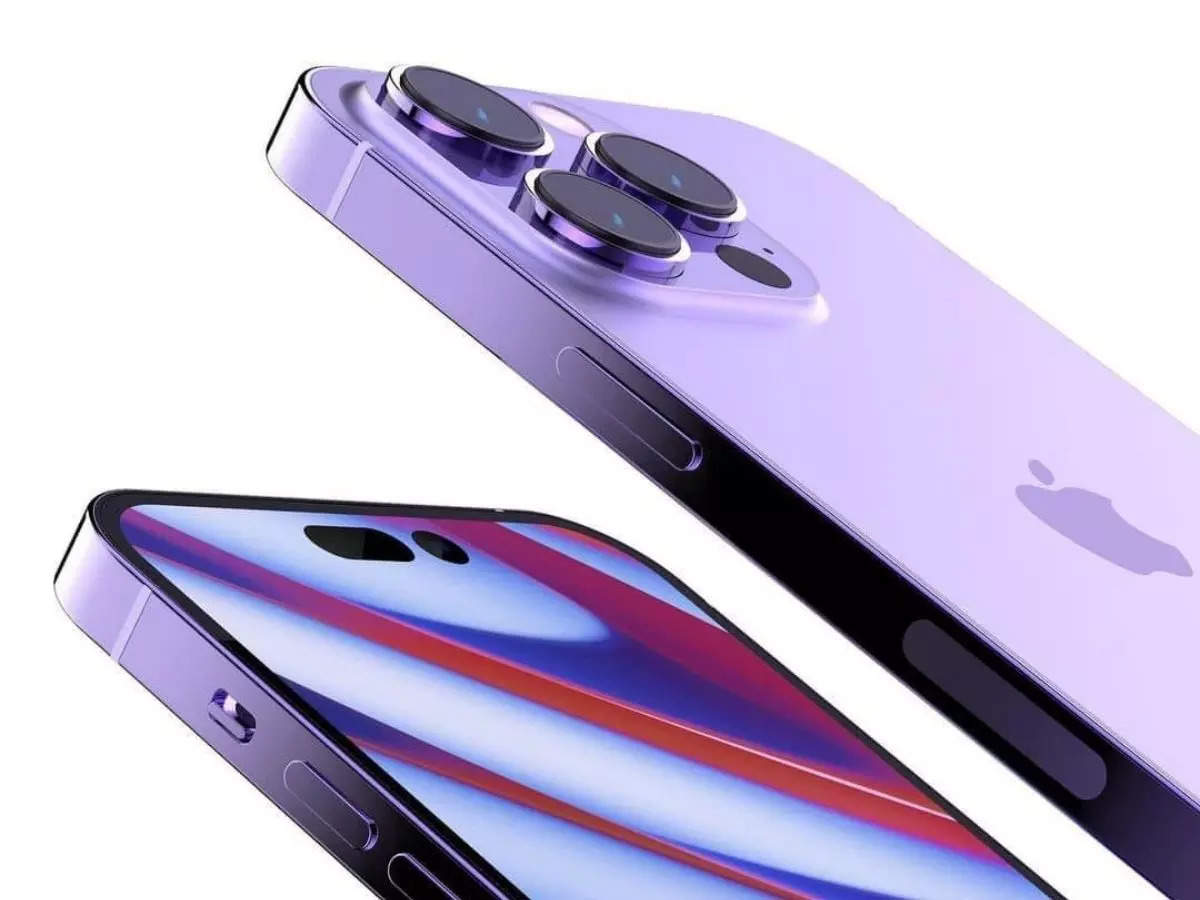China’s BOE inked a deal with Apple to supply the OLED display panels that will be used in the upcoming iPhone 14 Series which is expected to be launched in September. BOE, however, was caught altering the circuit width of the thin film transistors on the OLED panels it was making for the iPhone 13 Series. Apple immediately put all its orders on hold but now it looks like the Cupertino giant is evaluating samples of the display maker and is likely to revert back to giving it large-scale orders.
Apple will decide if it wants to give BOE a bulk order within a month:
The Chinese display maker is likely to get approval from the tech company within a month as per the report. If the iPhone maker decides to give a heads up, BOE will immediately being to mass-produce the panels for the standard iPhone 14 variant between July and August.

As per the report, BOE is a couple of weeks behind its counterparts as Samsung Display and LG Display will start producing iPhone 14 OLED panels towards the end of this year. BOE may also supply an estimated 5 million units at most as Apple will need time to ensure that the company can be trusted again.
The iPhone 14 Series will have four models namely, iPhone 14, iPhone 14 Max, iPhone 14 Pro, and the iPhone 14 Pro Max. The Cupertino giant will replace the mini version by integrating a Plus/Max version instead.
The vanilla variants of the iPhone 14 will come with virtually no design changes at all but in terms of the Pro and the Pro Max models, we will get to see a new cutout along with a punch-hole and pill design. The regular models will arrive with the previous-generation A14 Bionic chipset while the Pro and Pro Max will pack the latest A15 Bionic chipset.
Apple will price the regular vanilla models the same as usual but given that they do not carry many changes, it does not make sense. Nevertheless, let us see how the iPhone 14 models fare in comparison to their predecessors.
Also read:








